The Government has just reported to the National Assembly Standing Committee some contents of the draft Land Law (amended).
One of the important contents that many people are interested in is the content, methods of land valuation and conditions of application of each method (Article 158).
Considered and approved at the extraordinary meeting
Accordingly, the Government agreed to review and clarify the concepts of land valuation methods: Comparison, surplus, income, land price adjustment coefficient in Clause 5, Article 158; specify the conditions for application of land valuation methods in Clause 6, Article 158. Specifically, the draft law stipulates many land valuation methods.
Firstly, the comparison method is implemented by adjusting the price of land plots with the same land use purpose that have been transferred on the market, winning the auction of land use rights where the auction winner has fulfilled the financial obligations according to the auction winning decision through analyzing and comparing factors affecting land price after excluding the value of assets attached to the land (if any) to determine the price of the land plot to be appraised.
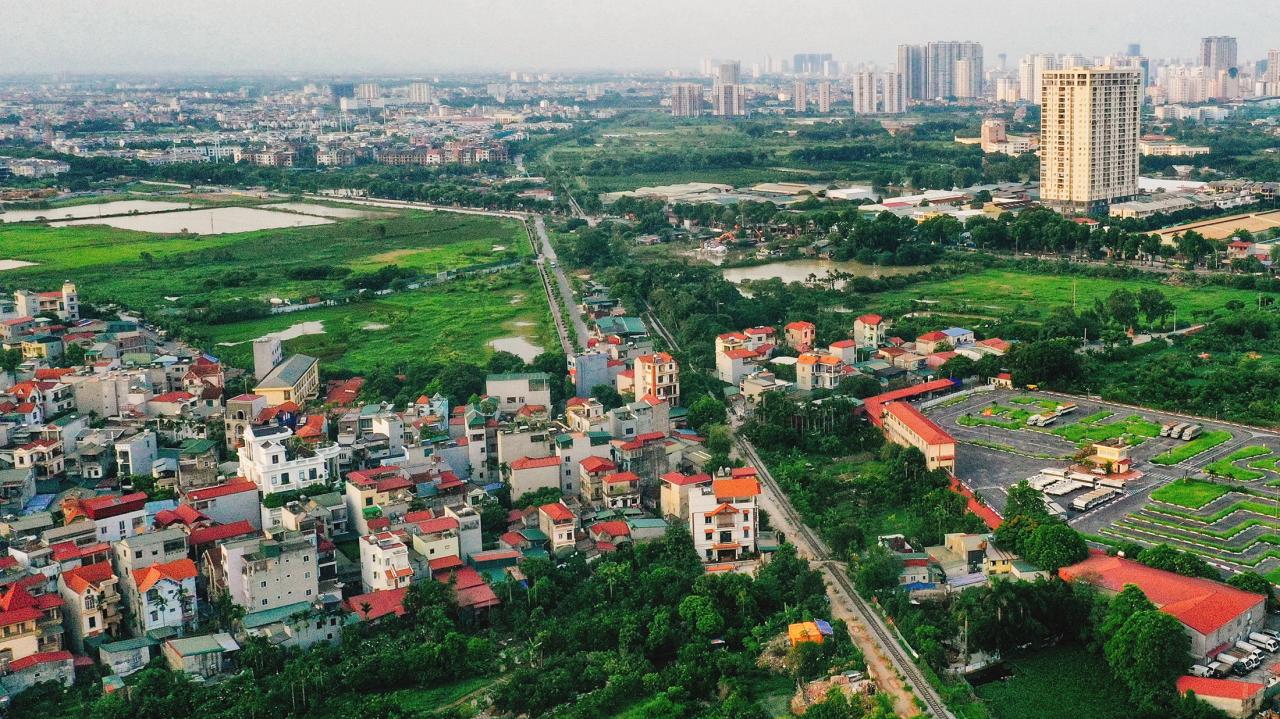
The second is the income method, which is implemented by taking the average annual net income per land area and dividing it by the average savings interest rate of 12-month term deposits in Vietnamese Dong at commercial banks with State-controlled shares in the province for the three consecutive years up to the end of the most recent quarter with data before the valuation time.
The third is the surplus method, which is implemented by taking the total estimated development revenue minus the total estimated development cost of the land plot or land area on the basis of the most efficient land use (land use coefficient, construction density, maximum number of floors of the building) according to the land use planning and detailed construction planning approved by the competent state agency.
Fourth, the land price adjustment coefficient method is a land valuation method performed by multiplying the land price in the land price table by the land price adjustment coefficient. The land price adjustment coefficient is determined by comparing the land price in the land price table with the market land price.
In addition to the above four cases, the Government shall prescribe new land valuation methods after receiving approval from the National Assembly Standing Committee.
Along with that are the conditions for applying the land valuation method. Specifically, the comparison method is applied to value the case of at least 3 land plots with the same land use purpose, certain similarities in factors affecting the land price transferred on the market, winning the auction of land use rights where the auction winner has fulfilled the financial obligations according to the auction winning decision.
The income method is applied to valuation in cases where a land plot or non -agricultural land is not residential land or agricultural land that does not meet the conditions for applying the comparison method but the income and expenses from land use can be determined according to the land use purpose being valued;
The surplus method is applied to value land plots and land areas for investment projects that do not meet the conditions for applying the comparison method or the income method but can estimate the total development revenue and total development costs of the project;
The land price adjustment coefficient method is applied to specifically determine compensation when the State recovers land in cases of recovering many adjacent land plots with the same purpose of use and whose land prices have been specified in the land price list but do not meet the conditions for applying the comparison method or for comparison with the results of land price determination by the above methods.
At the same time, the Government proposed that the provisions on the order and procedures for land valuation according to each method and the selection of valuation methods will be specified in detail in the Decree guiding the implementation.
The Government requested the National Assembly Standing Committee to study the Government's comments and proposals to coordinate in completing the draft Land Law (amended) to submit to the National Assembly for consideration and approval at the 5th extraordinary session (January 2024), in accordance with the policy of Resolution No. 18, ensuring the consistency of the legal system, promptly removing obstacles, and unlocking land resources for socio-economic development.
Don't chase quantity, no matter how urgent.
Speaking to the press, National Assembly Chairman Vuong Dinh Hue said that one of the notable events at the recent 6th session was that the National Assembly had not yet passed the revised Land Law despite having given opinions through 2 sessions.
“This decision has been approved by the leaders of the Party, the State, the people and businesses. We do not pursue quantity. Although it is urgent, we must meet the most important requirement of quality, not hastily or hastily,” the National Assembly Chairman emphasized.
According to the National Assembly Chairman, the Land Law is perhaps second in importance only to the Constitution, having a profound impact on all aspects of economic and social life and the people. It is not for nothing that there have been 12 million comments on this bill.
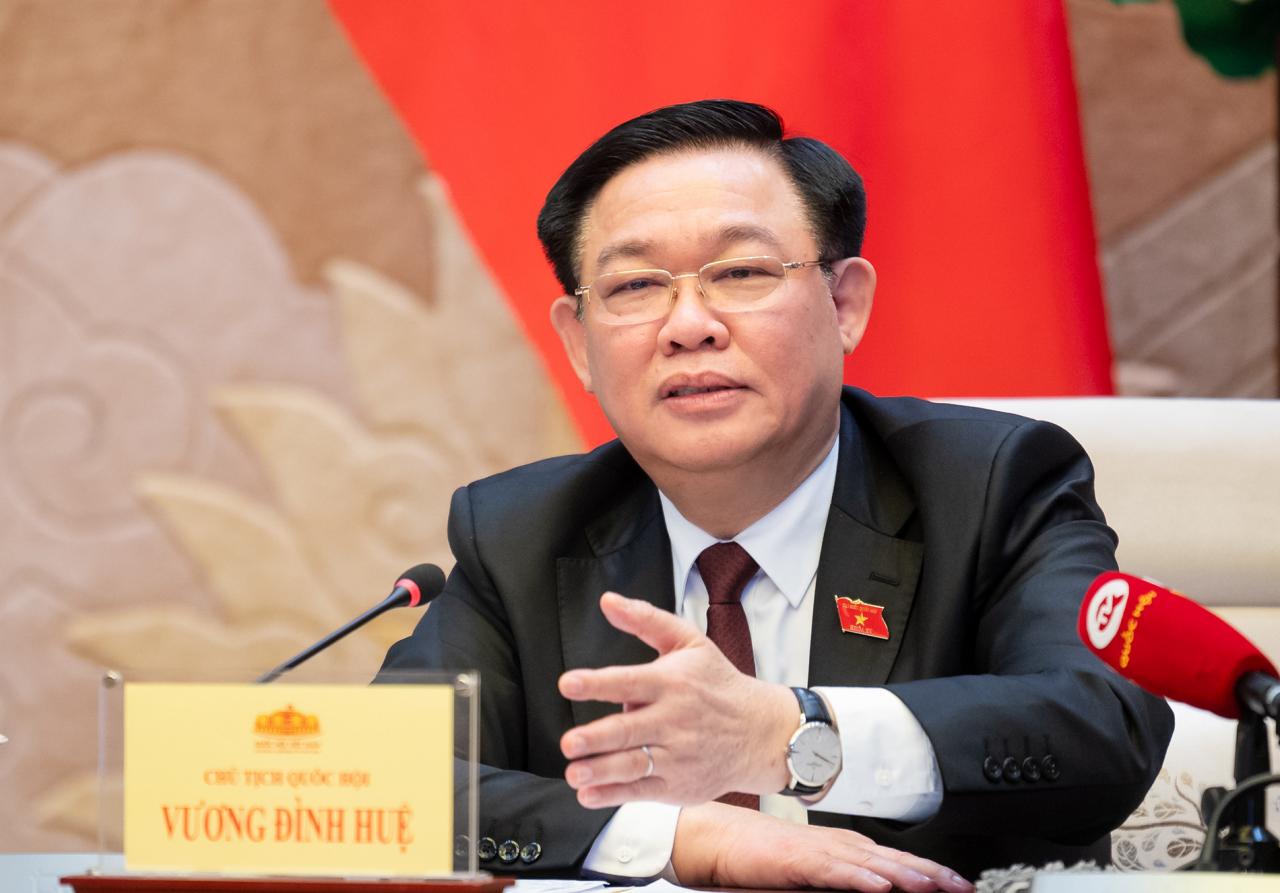
The National Assembly Chairman said that so far, there have been 27 major issues. Of which, before the 6th session, 6 major issues were agreed upon by the National Assembly Standing Committee; 7 major issues that the Party Delegation reported to the Politburo were commented on by the Politburo. Thus, 13 issues have been clarified.
In addition, at the 6th meeting of the National Assembly Standing Committee between the two sessions, 9 more major issues were thoroughly discussed and decided. These were issues that had 2-3 options when presented, but the National Assembly Standing Committee analyzed and decided on 9 contents according to 1 option, after which the Government also agreed with these 9 contents.
Thus, 22/27 contents have been agreed upon; 5 contents have also been discussed and basically agreed upon, just waiting for the official response from the Government.
After agreeing on these 27 contents, the National Assembly Standing Committee will submit them to the National Assembly for consideration and approval. The decision to approve or not is up to the National Assembly.
The National Assembly Standing Committee will hold a meeting in January to conduct a final review before submitting it to the National Assembly. “This is a bill with many big issues that need to be thoroughly considered,” said the National Assembly Chairman.
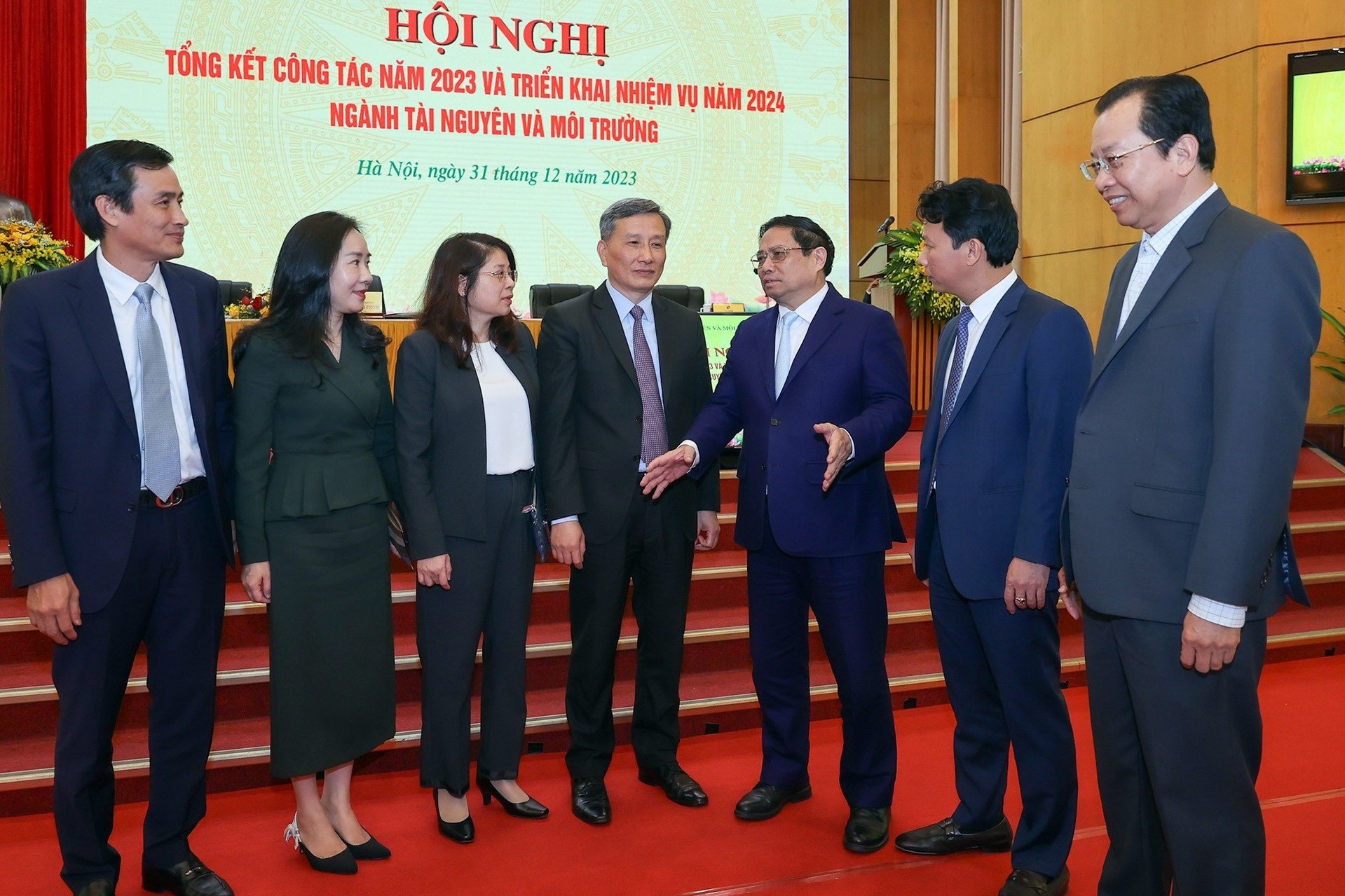
The Prime Minister requested the Ministry of Natural Resources and Environment to focus all resources on completing the Land Law project.
Source


![[Photo] Readers line up to visit the photo exhibition and receive a special publication commemorating the 135th birthday of President Ho Chi Minh at Nhan Dan Newspaper](https://vphoto.vietnam.vn/thumb/1200x675/vietnam/resource/IMAGE/2025/5/17/85b3197fc6bd43e6a9ee4db15101005b)


![[Photo] Prime Minister Pham Minh Chinh chairs meeting on science and technology development](https://vphoto.vietnam.vn/thumb/1200x675/vietnam/resource/IMAGE/2025/5/17/ae80dd74c384439789b12013c738a045)

![[Photo] More than 17,000 candidates participate in the 2025 SPT Competency Assessment Test of Hanoi National University of Education](https://vphoto.vietnam.vn/thumb/1200x675/vietnam/resource/IMAGE/2025/5/17/e538d9a1636c407cbb211b314e6303fd)
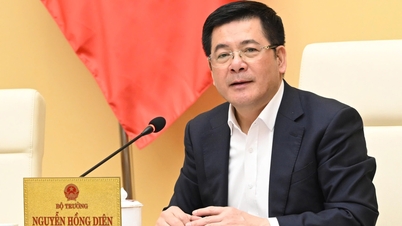






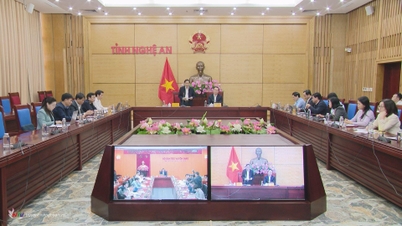

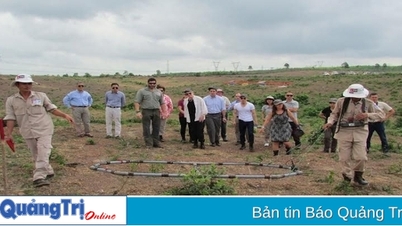






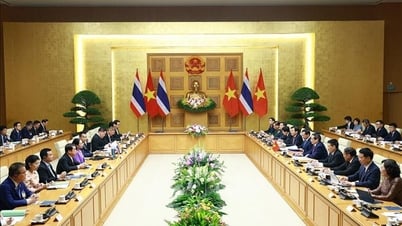

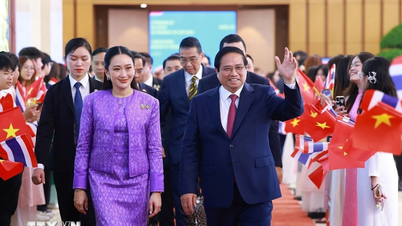
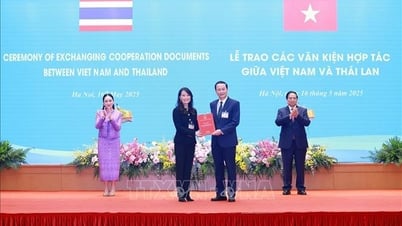










![[Photo] Nearly 3,000 students moved by stories about soldiers](https://vphoto.vietnam.vn/thumb/1200x675/vietnam/resource/IMAGE/2025/5/17/21da57c8241e42438b423eaa37215e0e)
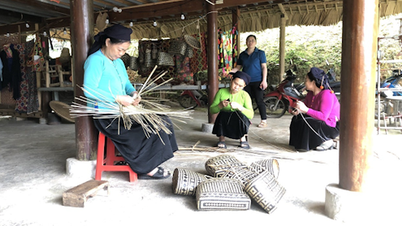






















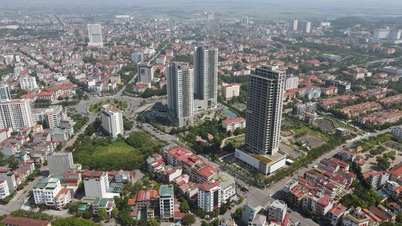







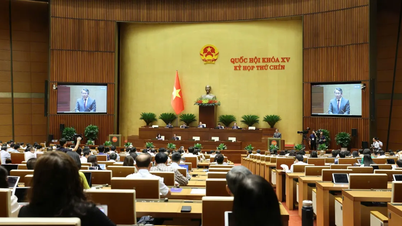

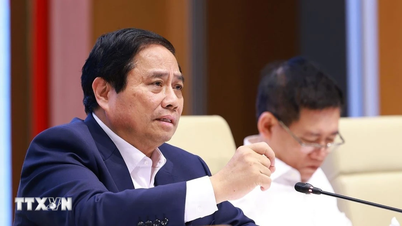


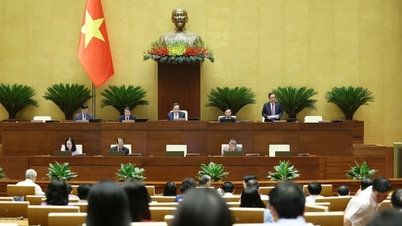


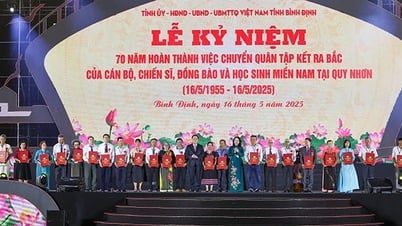








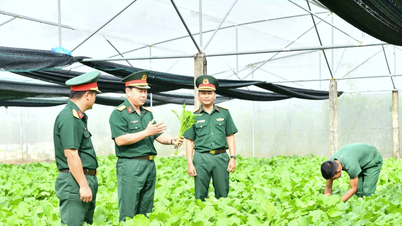

















Comment (0)